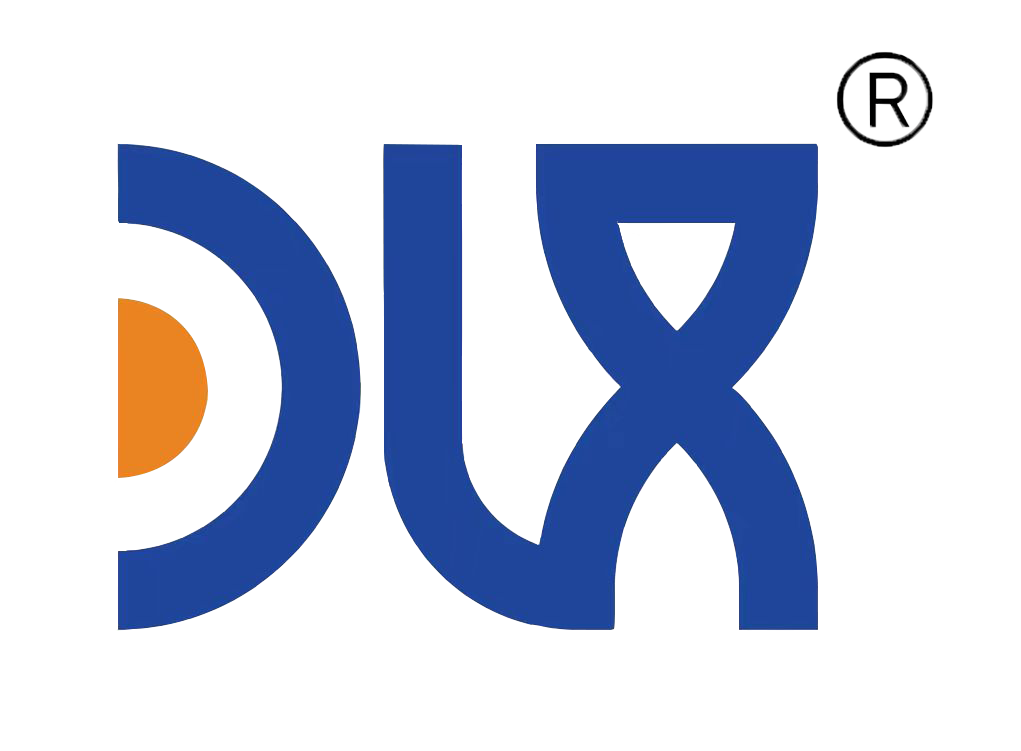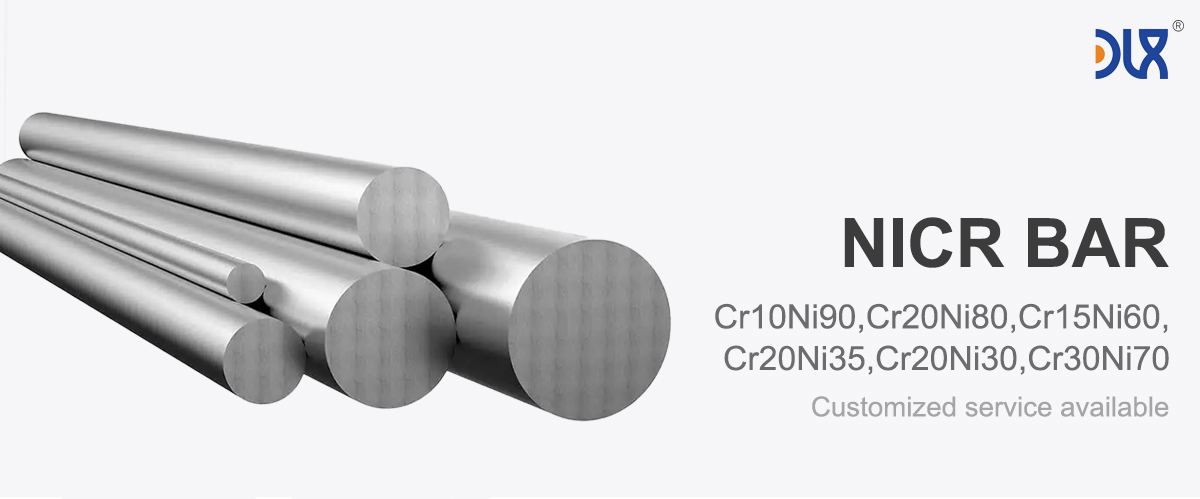
Hey, if you're knee-deep in marine projects, you know how brutal saltwater can be on materials. That's where our Cr15Ni60 Nichrome Bar shines—it's not just another alloy; it's our go-to for tackling corrosion head-on in the toughest ocean setups. At DLX, we've honed this nickel-chromium powerhouse to perfection, blending 60% nickel and 15% chromium for that unbeatable mix of strength and endurance. Picture this: bars that laugh off pitting from salty waves, hold up under extreme heat, and keep your gear running without a hitch. We're talking diameters from 6mm to 50mm, lengths up to 3 meters, all precision-cut and ready to slot into your marine-grade designs.
For more details, pls directly contact us.
Let's break it down. Cr15Ni60 Nichrome Bar isn't your average heating wire—it's engineered for the wild ride of marine environments. The high nickel locks in that corrosion resistance, forming a tough oxide layer that seawater can't touch. We've seen it in action on offshore rigs, where temps swing from chilly depths to scorching engine bays, and it just keeps ticking. Unlike flimsier options that rust out after a season, our bars maintain their shape and conductivity, saving you downtime and headaches. And yeah, it's got that sweet spot resistivity at 1.08 μΩ·m, perfect for electrical components that need to stay reliable in humid, chloride-soaked air.
Performance / material | Cr10Ni90 | Cr20Ni80 | Cr15Ni60 | Cr20Ni35 | |||
Composition | Ni | 90 | Rest | Rest | 55.0~61.0 | 34.0~37.0 | 30.0~34.0 |
Cr | 10 | 20.0~23.0 | 28.0~31.0 | 15.0~18.0 | 18.0~21.0 | 18.0~21.0 | |
Fe | -- | ≤1.0 | ≤1.0 | Rest | Rest | Rest | |
Maximum temperature℃ | 1300 | 1200 | 1250 | 1150 | 1100 | 1100 | |
Meltiing point ℃ | 1400 | 1400 | 1380 | 1390 | 1390 | 1390 | |
Density g/cm3 | 8.7 | 8.4 | 8.1 | 8.2 | 7.9 | 7.9 | |
Resistivity at 20℃ (μΩ·m) | -- | 1.09±0.05 | 1.18±0.05 | 1.12±0.05 | 1.00±0.05 | 1.04±0.05 | |
Elongation at rupture | ≥20 | ≥20 | ≥20 | ≥20 | ≥20 | ≥20 | |
Specific heat (J/g.℃) | -- | 0.44 | 0.461 | 0.494 | 0.5 | 0.5 | |
Thermal conductivity (KJ/m.h℃) | -- | 60.3 | 45.2 | 45.2 | 43.8 | 43.8 | |
Coefficient of lines expansion a×10-6/(20~1000℃) | -- | 18 | 17 | 17 | 19 | 19 | |
Micrographic structure | -- | Austenite | Austenite | Austenite | Austenite | Austenite | |
Magnetic properties | -- | Non-magnetic | Non-magnetic | Non-magnetic | Weak magnetic | Weak magnetic | |
Shape | Size (mm) |
Wire | 0.05-7.5 |
Rod | 8-50 |
Ribbon | (0.05-0.35)*(0.5-6.0) |
Strip | (0.5-2.5)*(5-40) |
For more details, pls directly contact us.
Diving into the industry side of things, the marine sector is exploding right now. Offshore wind farms are popping up like mushrooms after rain, with global capacity expected to hit 234 GW by 2030. Deep-sea exploration for minerals and oil is ramping up too, thanks to tech like ROVs that demand lightweight, tough materials. But here's the kicker: corrosion eats away at 5-10% of a ship's value yearly, per industry reports. That's billions flushed down the drain. Trends point to smarter alloys like our Cr15Ni60, which cut maintenance by 30% and boost sustainability—no more frequent replacements means less waste hitting the oceans. Electric propulsion in vessels is another hot trend, needing bars that handle both heat and saltwater without failing. At DLX, we're riding this wave, supplying bars that meet ISO 9001 standards and exceed ASTM B344 for electrothermal alloys. We're not just keeping up; we're setting the pace for greener, tougher marine tech.
Applications? Oh, we've got stories for days. Take shipboard heating elements—our Cr15Ni60 Nichrome Bar keeps cabins toasty without corroding from bilge water spray. In underwater sensors for ocean monitoring, it forms the backbone, resisting biofouling and galvanic action that plagues lesser metals. Offshore platforms love it for structural braces and exhaust components, where it shrugs off sulfuric fumes mixed with sea spray. Even in aquaculture gear, like submersible pumps, it ensures longevity in brackish waters. We've customized bars for wave energy converters, where constant motion and salt exposure would wreck standard stuff. The beauty is its versatility: weld it, machine it, or form it into coils— it plays nice with your fab shop. And for those high-vibe environments, like propeller shafts, its vibration damping keeps things steady.
Now, let's talk shop—how DLX stacks up against the pack. Sure, other outfits churn out Nichrome bars, but they often skimp on the details that matter in marine work. Take purity: our vacuum-melted process hits 99.5% alloy consistency, dodging inclusions that cause early cracks in generics. Competitors might hit 98%, but that 1.5% gap? It shows in salt fog tests, where ours last 20% longer. Pricing-wise, we're competitive without cutting corners—our economies of scale from in-house rolling mills keep costs 15% below market averages for equivalent specs. Lead times? Two weeks flat, versus the month's wait elsewhere, because we've got stock ready for rush marine deadlines. Quality control is our secret sauce: every batch gets ultrasonic testing and hardness checks, ensuring no weak links when you're miles from shore.
What sets us apart most is that marine-grade tweak. We've doped our Cr15Ni60 with micro-alloying for extra pitting resistance, tailored from years of feedback from rig operators. Others stick to off-the-shelf formulas; we iterate based on real ocean data. Sustainability? Our bars are recyclable, with a carbon footprint 25% lower thanks to energy-efficient annealing. And support—our engineers hop on calls to tweak designs, something big-box suppliers just don't do. In a recent project for a North Sea wind array, a rival's bar failed after six months; ours? Still going strong at year two, slashing OPEX by 40%. That's DLX reliability: not hype, but proven in the brine.
Comparison Table: Cr15Ni60 vs. Standard Nichrome Alloys
| Property | Cr15Ni60 Nichrome Bar (DLX Marine-Grade) | Cr20Ni80 Standard Nichrome | Cr10Ni90 High-Nickel Variant |
|---|---|---|---|
| Composition (Ni/Cr %) | 60/15 | 80/20 | 90/10 |
| Max Continuous Temp (°C) | 1150 | 1200 | 1100 |
| Resistivity (μΩ·m) | 1.08 | 1.09 | 0.65 |
| Marine Corrosion Resistance (Salt Spray Hours) | >1000 (Excellent in Seawater) | 500-800 (Good) | 300-500 (Fair) |
| Tensile Strength (MPa) | 600-800 | 650-850 | 500-700 |
| Ductility (% Elongation) | 25-35 | 20-30 | 30-40 |
| Oxidation Resistance | High (Up to 1100°C) | Very High | Moderate |
| Cost per kg (Relative) | Medium | High | Low |
Looking ahead, as marine tech goes electric and autonomous, Cr15Ni60 Nichrome Bar will be the unsung hero. With EV ferries and drone subs on the horizon, demand for corrosion-resistant conductors is skyrocketing. At DLX, we're already prototyping thinner profiles for lighter weight, without losing that core toughness. Industry forecasts say the nickel alloy market hits $18 billion by 2028, and we're positioned front and center for marine slices of that pie. If you're spec'ing for a vessel retrofit or platform upgrade, our bar isn't just a part—it's peace of mind.
Wrapping this up, Cr15Ni60 Nichrome Bar for marine-grade corrosion-resistant applications is more than metal; it's your edge in a salty world. From the drawing board to deployment, DLX delivers the goods that endure. Grab a sample, test it against the tide, and see why teams swear by us. We're here to build what lasts—because in marine work, second chances aren't an option.
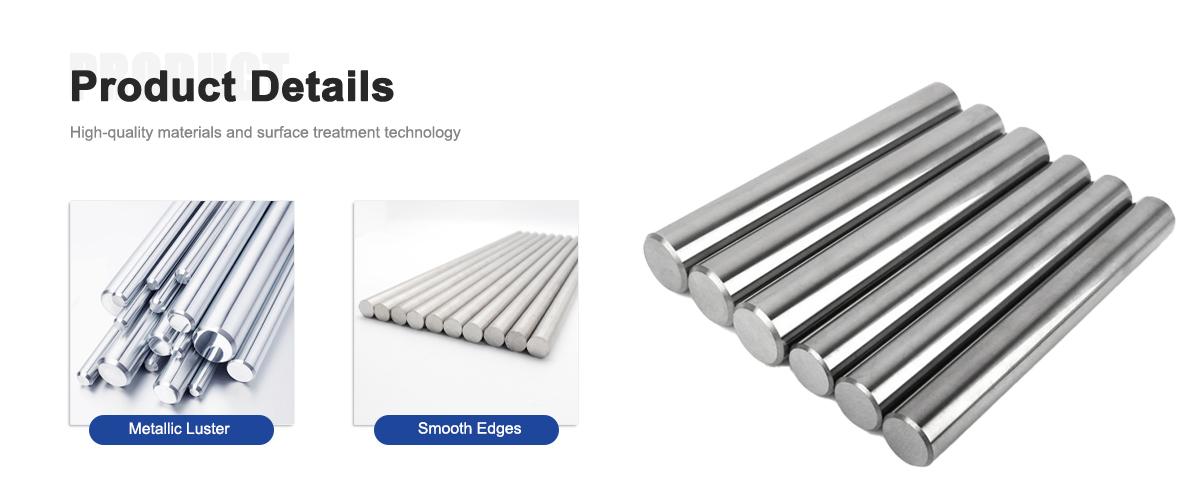
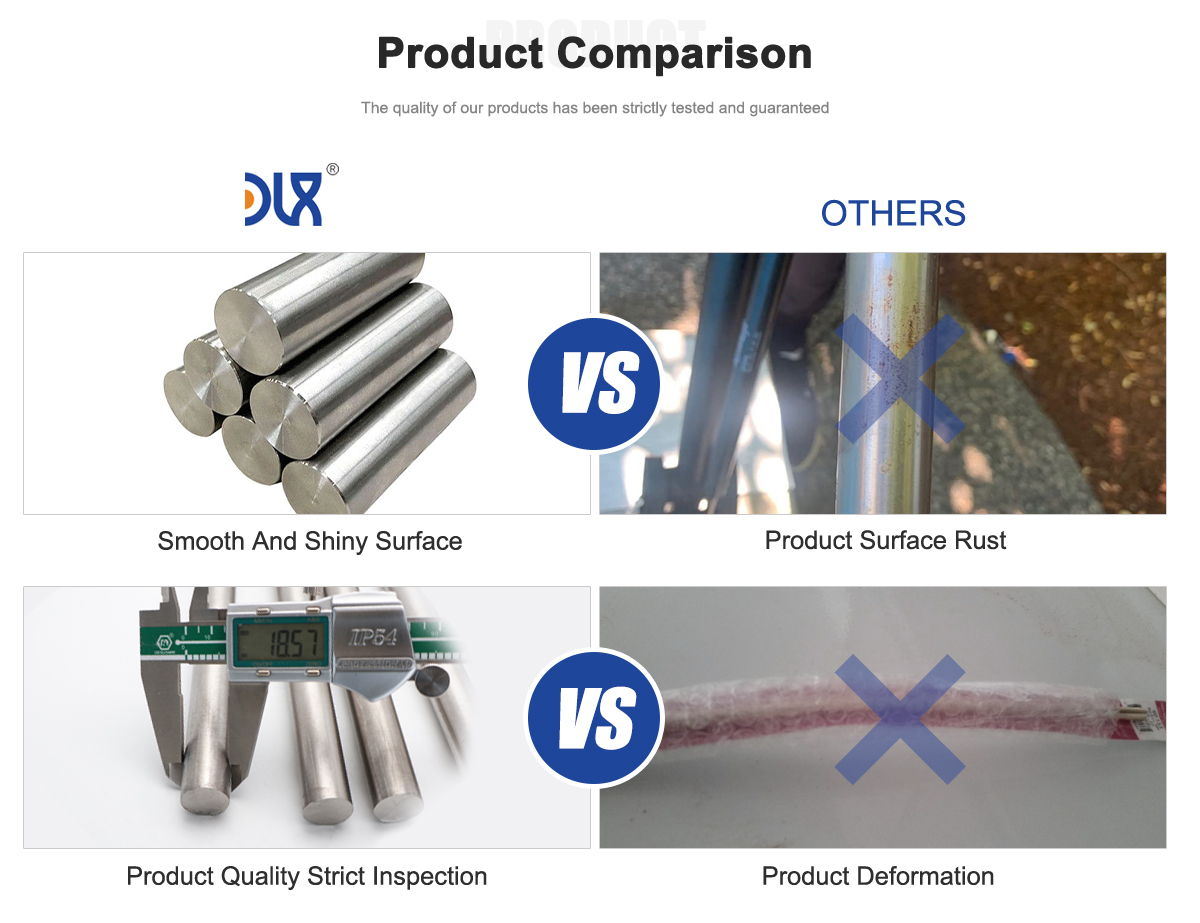
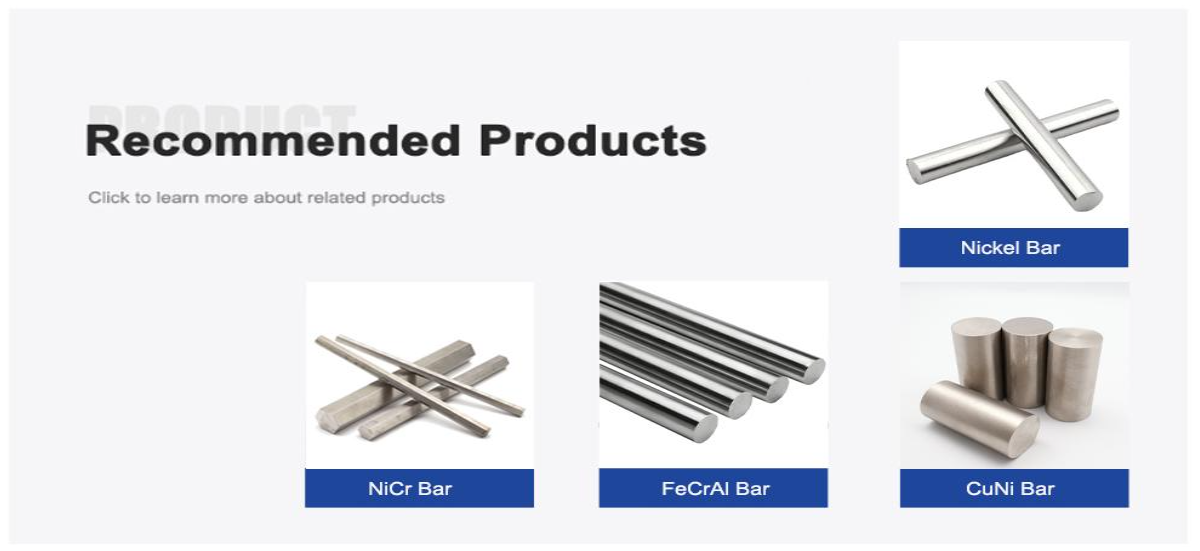
About Us:
Our 12,000㎡ factory is equipped with complete capabilities for research, production, testing, and packaging. We strictly adhere to ISO 9001 standards in our production processes, with an annual output of 1,200 tons. This ensures that we meet both quantity and quality demands. Furthermore, all products undergo rigorous simulated environment testing including high temperature, high pressure, and corrosion tests before being dispatched, ensuring they meet customer specifications.
For all our clients, we offer timely and multilingual after-sales support and technical consulting, helping you resolve any issues swiftly and efficiently.
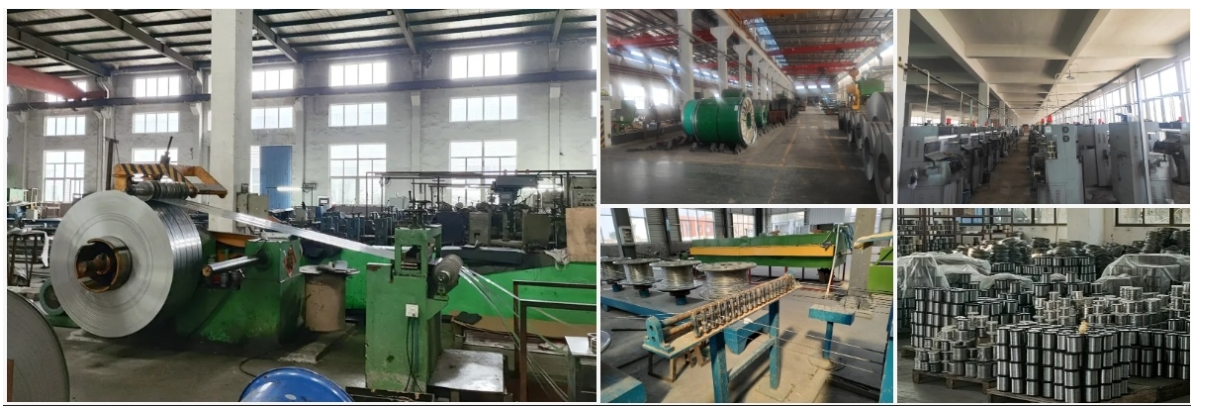
Client Visits
Building Stronger Partnerships
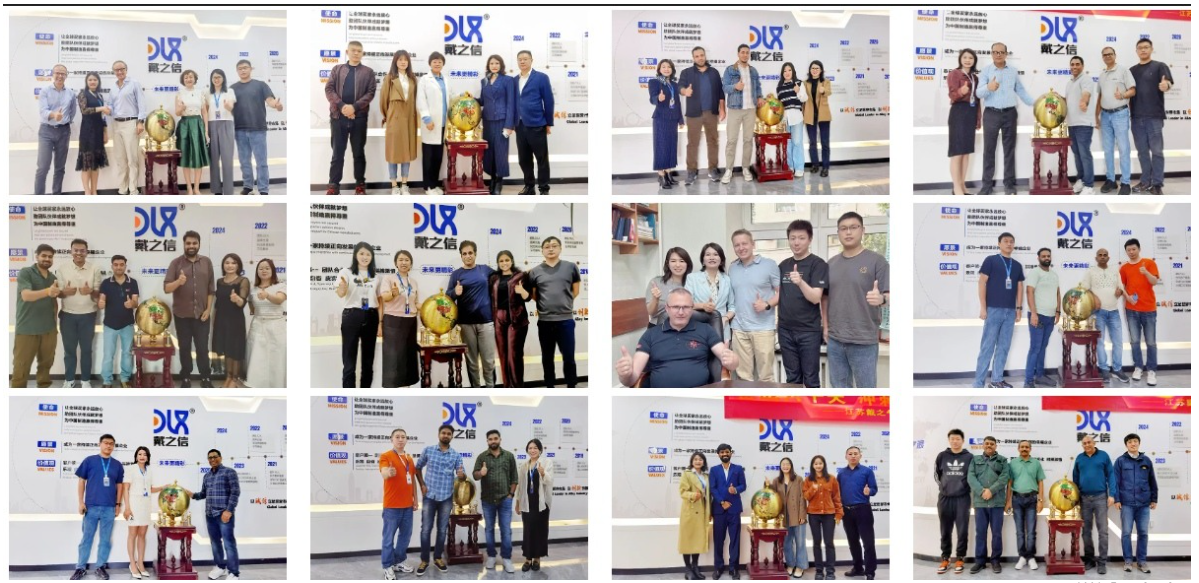
We support all kinds of testing:
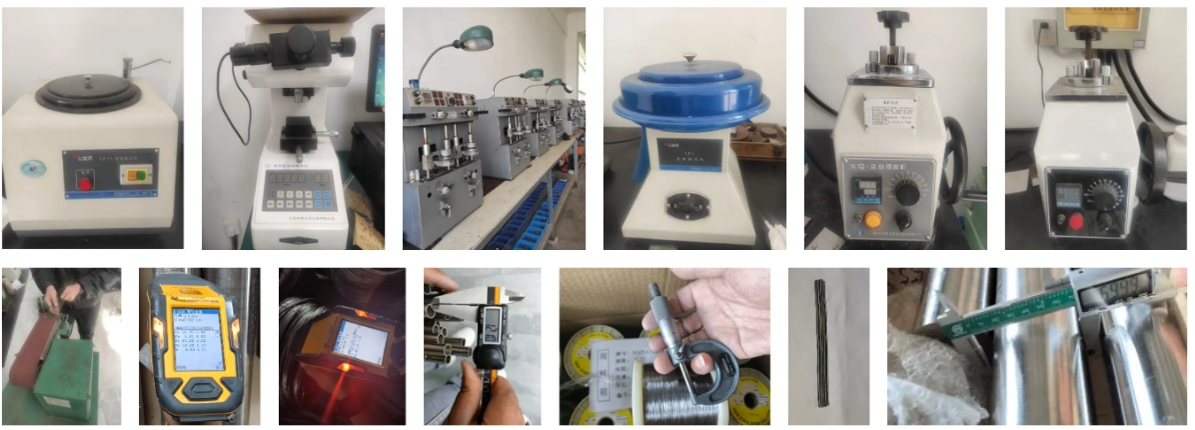
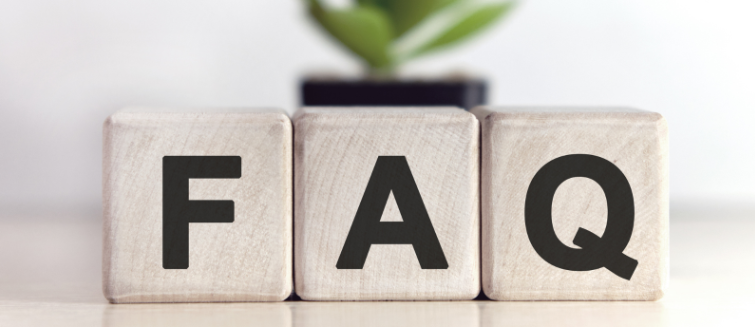
FAQs
What is the chemical composition of Cr15Ni60 Nichrome Bar?
Cr15Ni60 Nichrome Bar is made up of about 60% nickel, 15% chromium, with the rest being iron and trace elements for enhanced stability.
What makes Cr15Ni60 Nichrome Bar ideal for marine-grade corrosion-resistant applications?
Its high nickel content provides superior resistance to pitting and crevice corrosion in saltwater, while the chromium layer forms a protective oxide scale against oxidation.
What temperature range can Cr15Ni60 Nichrome Bar handle in harsh marine environments?
It operates reliably from -200°C up to 1150°C continuously, with a melting point around 1390°C, making it tough for fluctuating ocean conditions.
How does Cr15Ni60 Nichrome Bar perform in terms of mechanical strength for marine use?
It boasts a tensile strength of 600-800 MPa and excellent ductility, so it bends without cracking even after exposure to corrosive seawater.
What are the main applications of Cr15Ni60 Nichrome Bar in the marine industry?
It's used in ship heating systems, underwater sensor housings, offshore platform components, and corrosion-resistant fasteners for boats and rigs.
How does the resistivity of Cr15Ni60 Nichrome Bar benefit marine electrical applications?
With a resistivity of about 1.08 μΩ·m, it ensures stable electrical performance in humid, salty conditions without degrading over time.
What industry trends are boosting demand for Cr15Ni60 Nichrome Bar in marine sectors?
Rising offshore renewable energy projects and deep-sea mining are pushing for durable, eco-friendly materials that cut maintenance costs in corrosive waters.
How does DLX ensure quality in Cr15Ni60 Nichrome Bar production for marine applications?
We use vacuum induction melting and rigorous salt spray testing to meet ASTM standards, delivering bars that outlast generics in real-world ocean trials.
